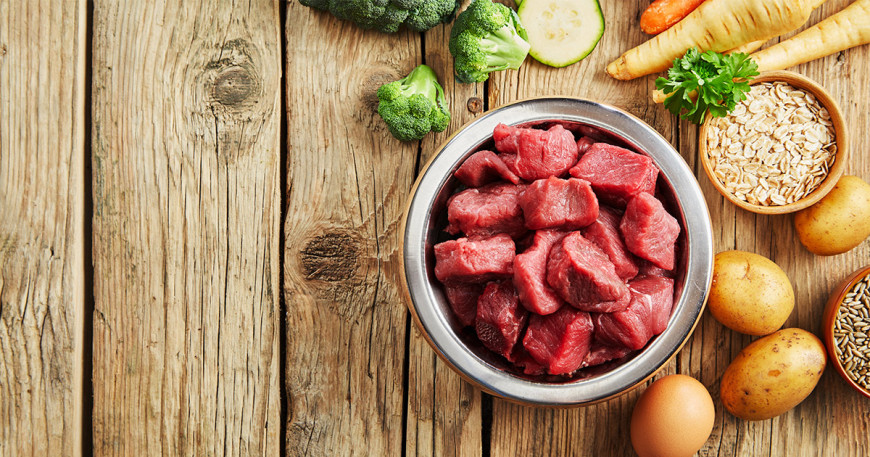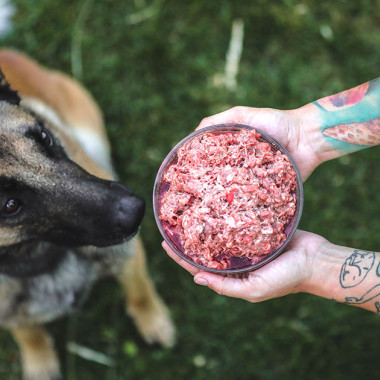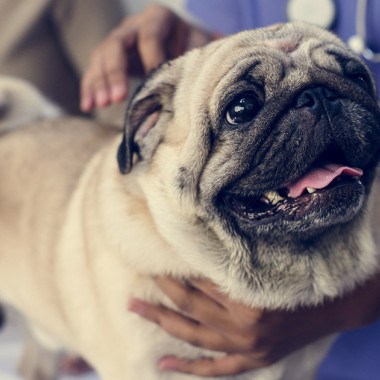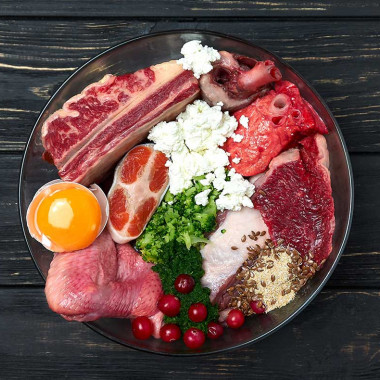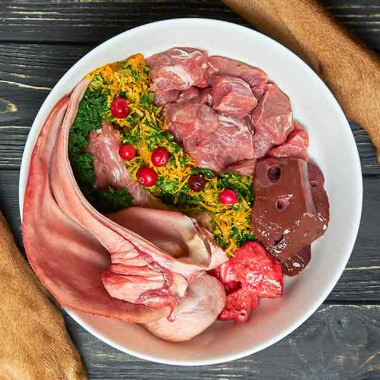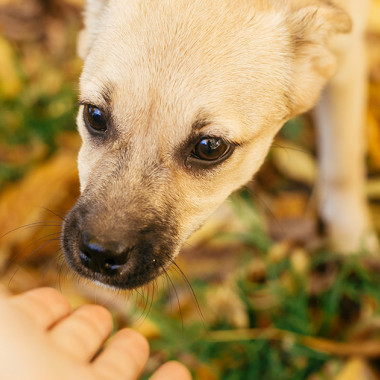Although the wolf is considered the ancestor of the dog, today's wolf is not the ancestor of the domestic dog. Both species likely share a common great ancestor, but it has long since ceased to exist. Even today's wild wolf has undergone evolution, but its wildness still persists. The domestic dog has undergone both direct and indirect domestication evolution.
If you imagine domestication as wolves raised by humans and subsequently bred, you are a bit further from the truth. In short, the domestication of the domestic dog did not occur merely by a wolf puppy being tamed by humans. The bond between them did not form immediately, and the differentiation of dogs for various uses also came much later. Research confirms that domestication began with the natural selection of less shy individuals. Such individuals were not afraid to scavenge on our ancestors' waste, and through their breeding, increasingly less shy individuals, so-called “prapsy,” emerged. Only these were tamed by humans, creating a bond and space for various secondary-level purposeful domestications, aimed at work and utilization or merely enhancing the appearance of different breeds. Wolves that did not undergo the initial phase of domestication (natural selection) continued to evolve without direct influence, resulting in today's free-ranging wolves. Thanks to these circumstances, we now have many well-known dog breeds.
Digestive Ability
Domestication has created significant differences between wolves and dogs. These differences are visible even at first glance in their exterior. In some breeds, it is hard to believe that they have anything in common with wolves. To some extent, this is true. The differences are apparent not only at first glance but also on psychological and physiological levels. From a physiological perspective, for example, there is a significant difference in the reproductive cycle. Similarly, it is with digestion. The dog is not an exclusive carnivore and therefore needs a plant component in its diet. Wild canids also consume so-called side dishes in their diet.
Wolf's Diet
Since the wolf is the closest relative to the dog, its diet can serve as an approximate model for a dog's diet. So, what does a wild wolf consume? We know they are predominantly carnivores, but what about the rest? Wolves were once the most persistent competitors for humans in obtaining food. Not only were we extremely afraid of them in the past, but we also had to share food with them. Wolves have always been exposed to extreme natural conditions, and since they had to survive, their feeding adapted to survival conditions. The wolf's diet is very similar to BARF with a significant difference that it depends on environmental conditions, such as weather, season, and current food availability. In extreme winter, it is very difficult for a wolf to procure food. Similarly, during reproduction and raising pups, the need for food is several times higher. Thanks to diversity and exposure to various extremes, wolves can endure even a few days without eating. The plant component of the wild canid's diet primarily comes from consuming the stomach contents of their prey, but in the fall, they also reach for various types of fruits and vegetables. Therefore, the overall diet depends on the season, food availability, and internal needs. Since domestic dogs do not face such harsh conditions and our primary, preferred goal is to maximize their longevity, their dietary requirements are today somewhat more extensive.
Side Dishes
The most important side dishes in a dog's diet are vegetables and fruits. Only a small percentage requires the inclusion of cereal side dishes. The ideal side dish consists of 70% vegetables and 30% fruits. If we intend to add cereal side dishes, a suitable ratio could be: vegetables 60%, fruits 30%, and cereals 10%. The plant component is hard for dogs to digest and needs to be mechanically processed for optimal utilization. The best way to process it is by chopping, grating, or blending. Cooked vegetables are also very digestible but are already depleted of some nutrients. To preserve a large number of nutrients, it is preferable to freeze or steam them. Mechanically or thermally processed side dishes are similar to the partially digested plant component that wild canids have in their prey's stomach. Note that dung is a source of the plant component of the diet, but it cannot be said to be directly vegetables. Vegetables and fruits are sources of vitamins and fiber. They contain many minerals, especially potassium, antioxidants, and water. Antioxidants capture free radicals and protect cells from damage. They strengthen the immune system and likely help slow down the aging process. Antioxidants are predominantly plant-based, and since the primary goal for wolves is reproduction, longevity does not play as significant a role as it does for us humans in keeping domestic animals. We have always been creatures who look after our own well-being, and therefore, for our own selfish reasons, we want our four-legged companions to live as long as possible.
Scarecrow Named Cereals
Cereals are also among the side dishes. They do not have a very good reputation today. One of the most popular myths about cereals is the myth that grains cause allergies. This false belief arose because cereals are among the most frequent food allergies. Food allergies usually occur with digestive problems and only develop if a dog is repeatedly exposed to a certain food during ongoing difficulties. Subsequently, the body evaluates this compound as unsuitable and an autoimmune disease, such as a food allergy, begins. Since cereals are commonly found in commercial feeds, they, along with poultry protein, are among the most prevalent food allergies. Because poultry protein is commonly used in commercial feeds and consumed by many dogs, it also ranks at the top of allergy lists. Another reason for the poor reputation of cereals in the diet could be gluten. Gluten is not very popular even among humans, and this is because a small percentage of people are allergic to gluten. The importance of cereals in the diet is not primary, but due to their specific properties, they are suitable and helpful in some special diets. For example, rice and groats have a calming effect on digestive problems. For canine athletes who need to increase energy, pasta and flakes are very suitable due to their high carbohydrate content. The necessity to include cereals in the diet must be adapted to the individual so that their presence is beneficial.
What If the Dog Rejects Vegetables?
Not everyone likes vegetables. Many of us are probably familiar with this from childhood. There are several ways to offer vegetables to a dog so that they taste good to them. The simplest way is to chop them into small pieces and mix them into the meat. Another method is blending and adding animal oils or dairy products for flavoring. The key is to find out what the dog prefers so that such camouflage helps increase the tastiness of the vegetables. However, it may happen that there is an expert who cannot be fooled by such practices. In these extremes, there is nothing to do but accept them as they are. After all, we don't have to force vegetables on them. Nutritional needs can be replaced with supplements in the form of oils, powders, or tablets.
With side dishes, we provide dogs with a multitude of vitamins, beneficial plant proteins, fats, and carbohydrates. Plant and animal components complement each other. The animal part is essentially more important, but long-term omission of the plant component can lead to health problems and faster aging.
